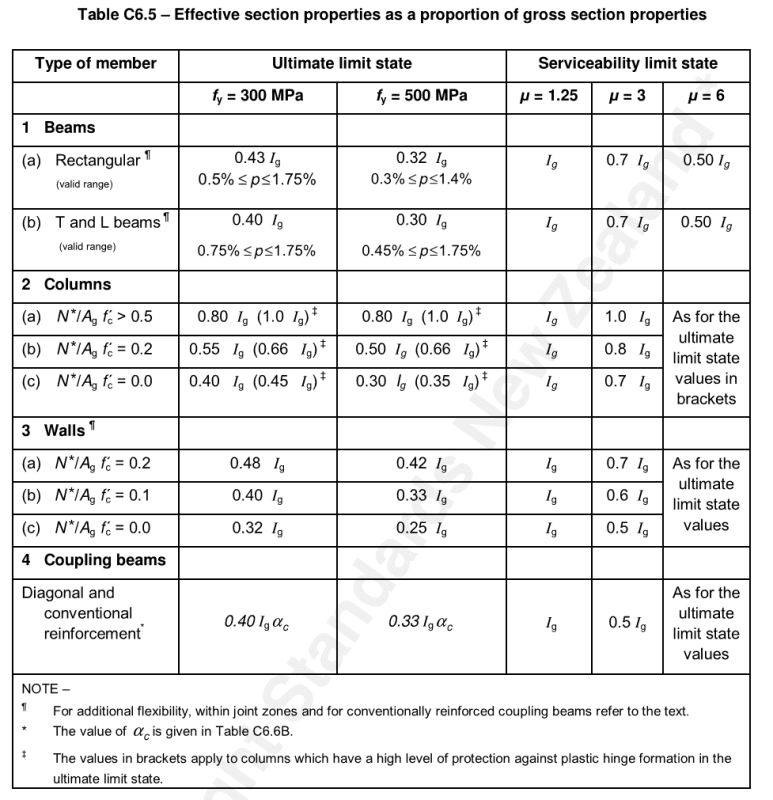To throw something into the mix in NZS3101 the stiffness at serviceability is directly related to the ductility at the ultimate limit state, reasoning is if a design level event occurs the structure will crack, so remains cracked/softened for future SLS events.
1) Yes, though as Josh notes particularly for tall walls you need to assess whether or not the entire structure is cracked. This is often iterative in the sense that you assess with uncracked properties, find cracking moment is exceeded, revise stiffness in base of walls, rerun analysis, and reassess if other areas now exceed cracking moment, repeat until happy. The reality is structure starts out uncracked, but after a few cycles becomes progressively cracked/member capacities are reached with resulting inelastic action and formation of ductile mechanisms, period shifts to some steady state which you base your global analysis on, etc. A non-linear analysis for example might factor these effects into the analysis, evaluating the degradation of stiffness and progressive formation of plastic regions at each time step. Obviously for a response spectrum analysis you have to make some simplifications.
2) Only reason I have done this in the past is where structure is nominally elastic (ductility of 1.25), and our code requires you to consider different effective section properties at the ULS and SLS. For ultimate you should always consider the effective stiffness after consideration of cracking, the earthquake mobilises the full strength of your structure in forming a ductile mechanism, so it stands to reason the dynamic analysis should be based on the stiffness associated with reaching this capacity. In my code (NZS3101) this is defined as the effective stiffness at first yield, I believe this means evaluating the stiffness when the first bars reach yield. Usually codes have tables that are more or less meant to cover generically the stiffness for given scenario, for example see the following from NZS3101. In reality obviously these averages might be +/- some percentage but it generally doesn't affect the load distribution that much

